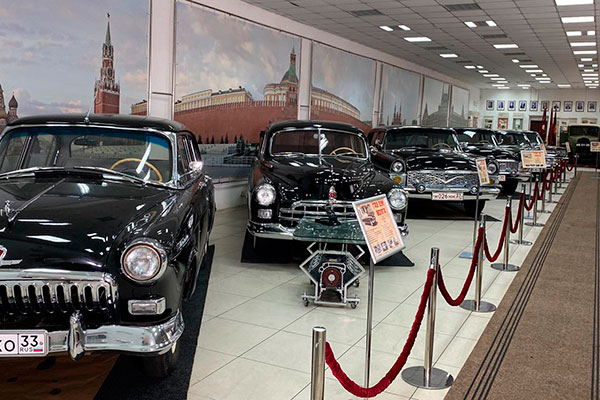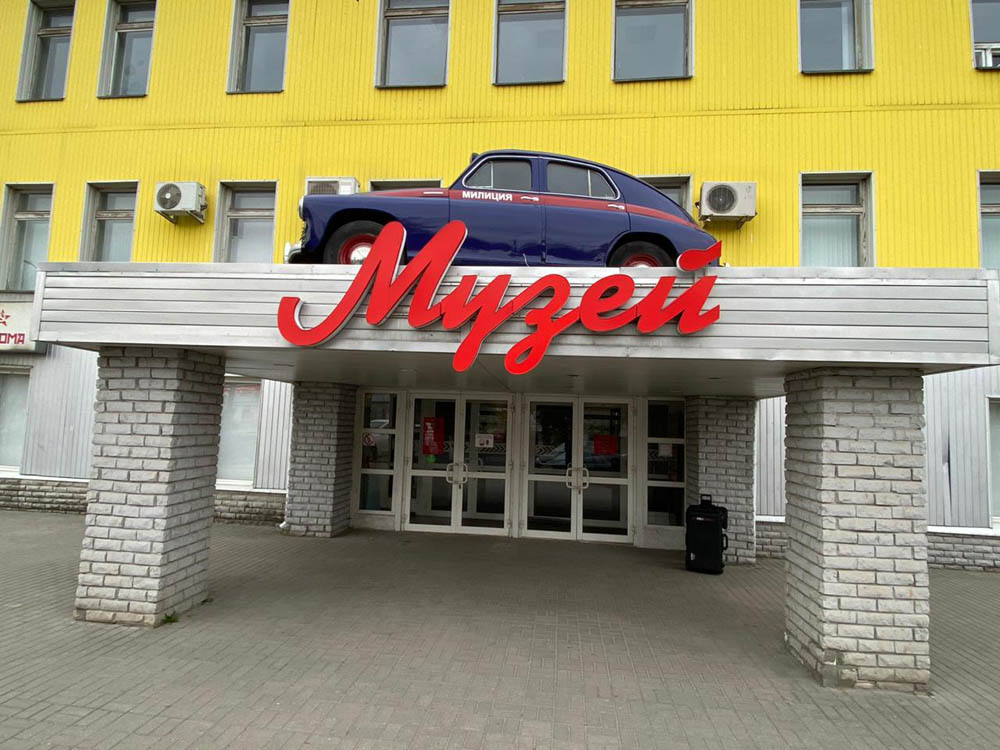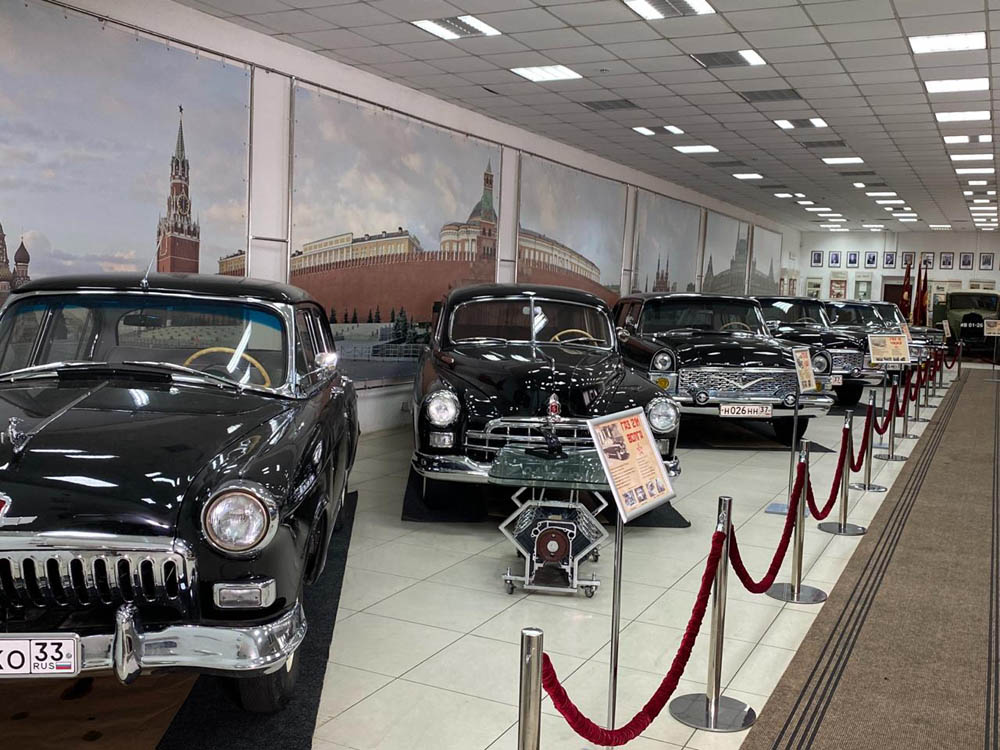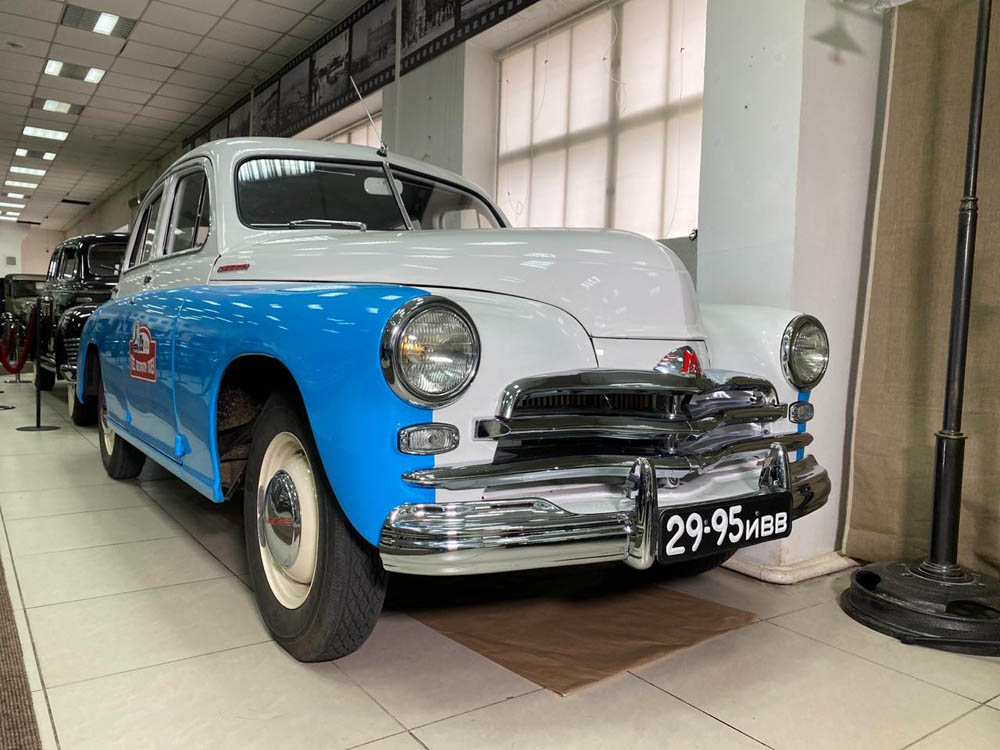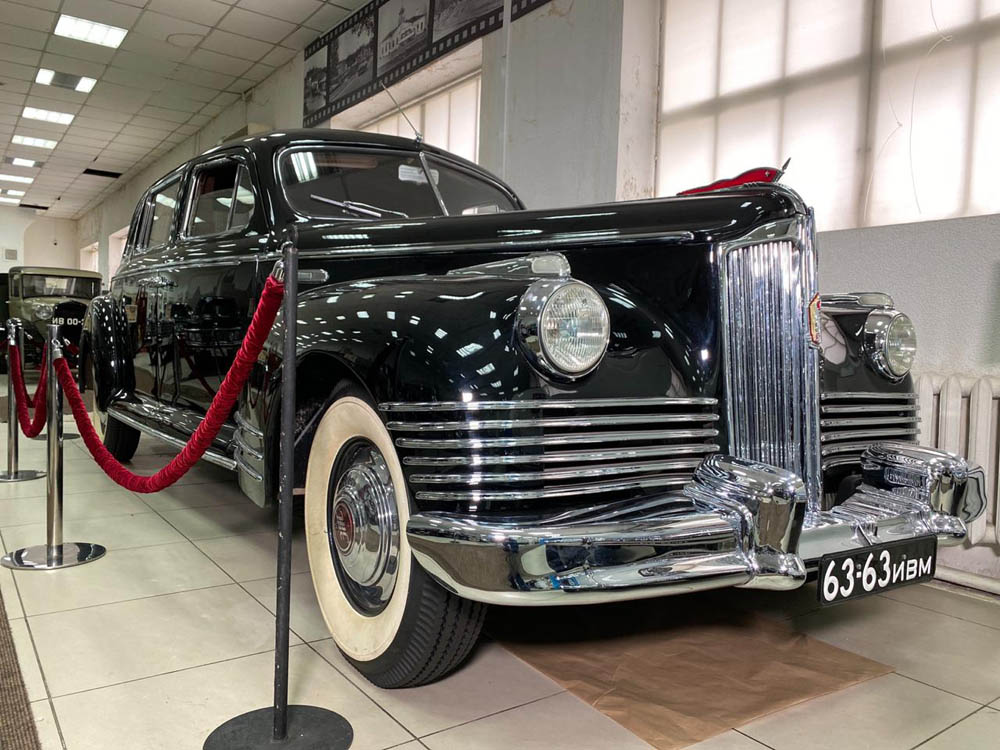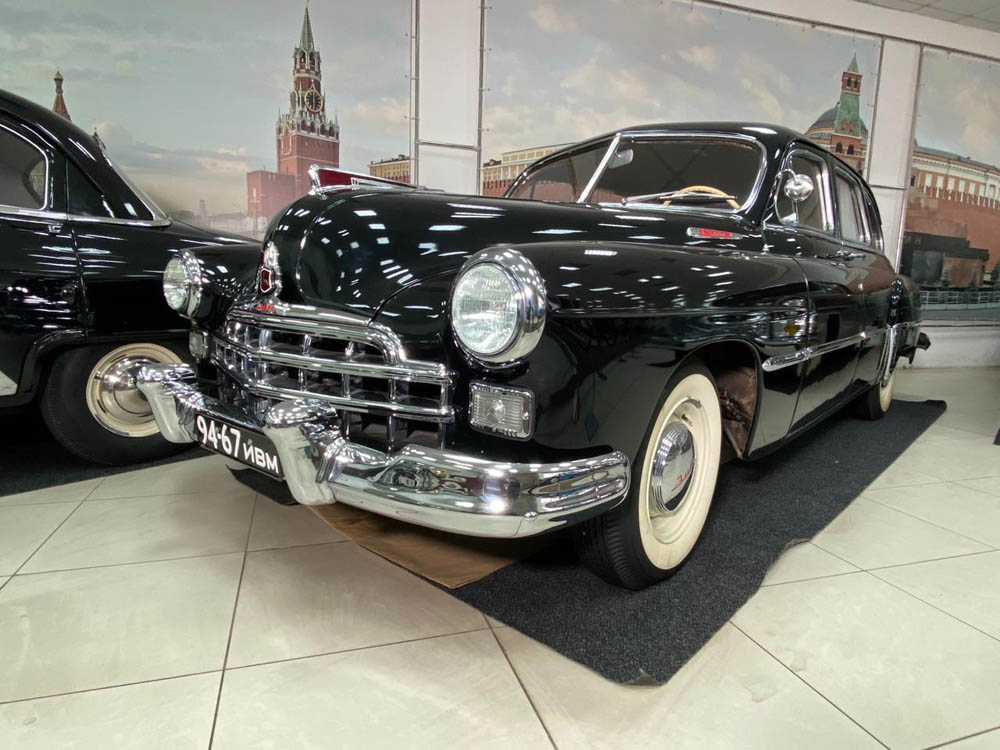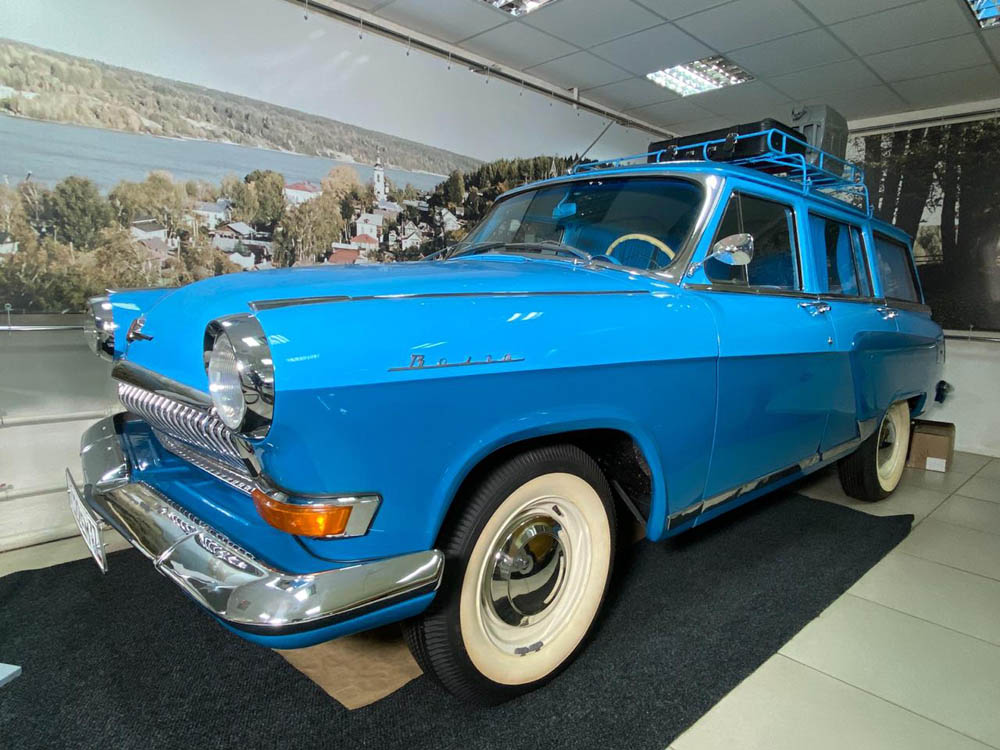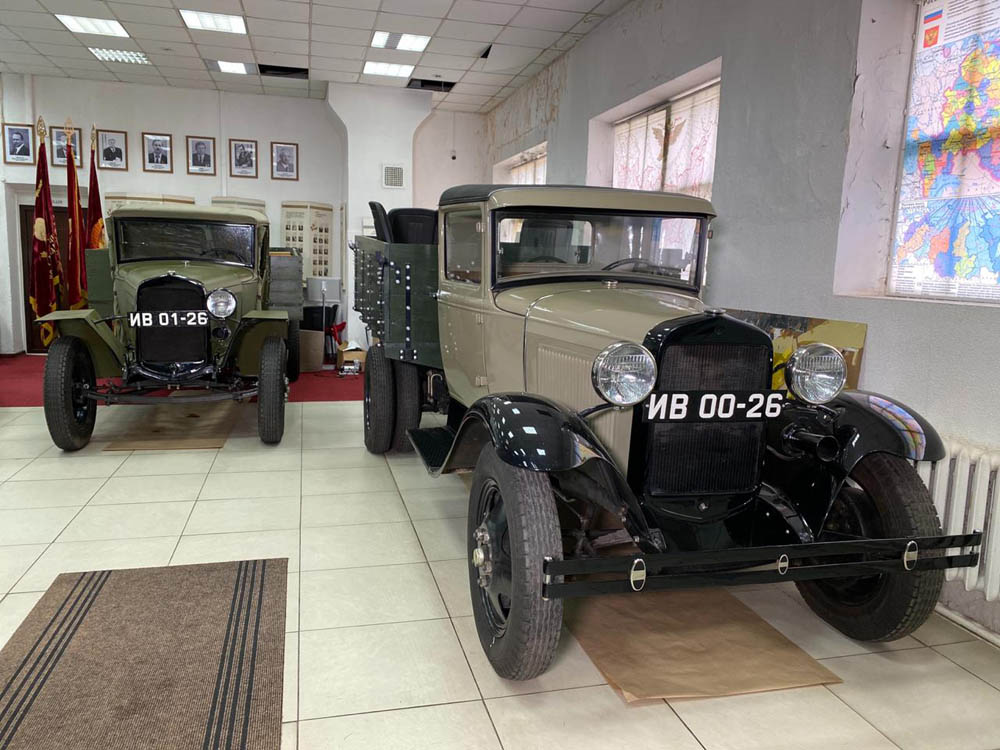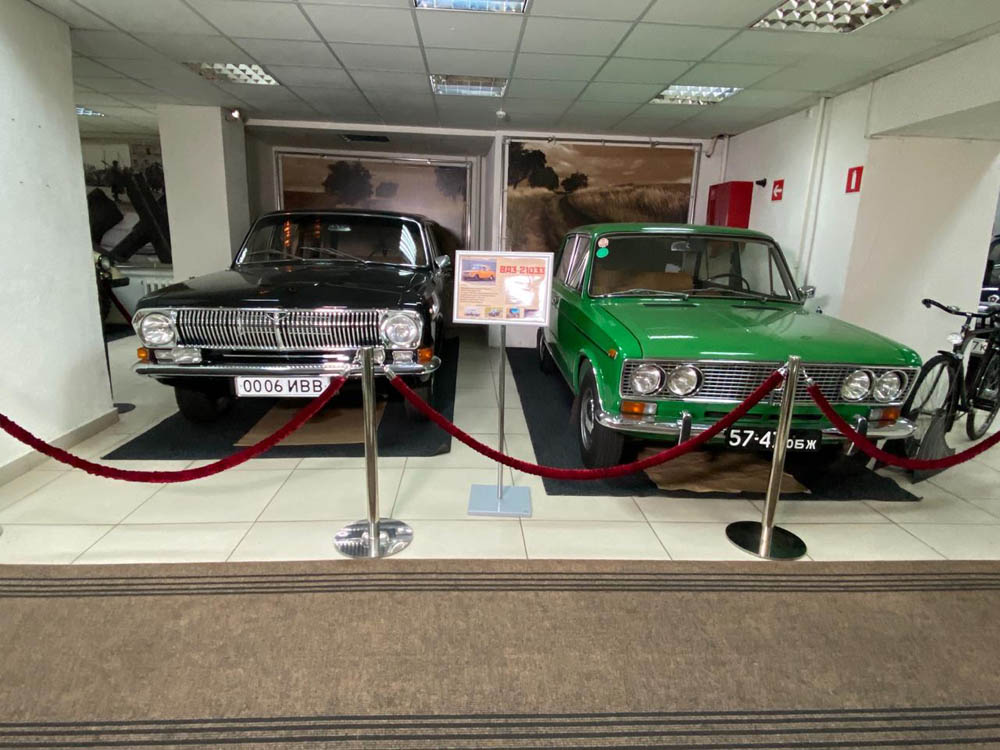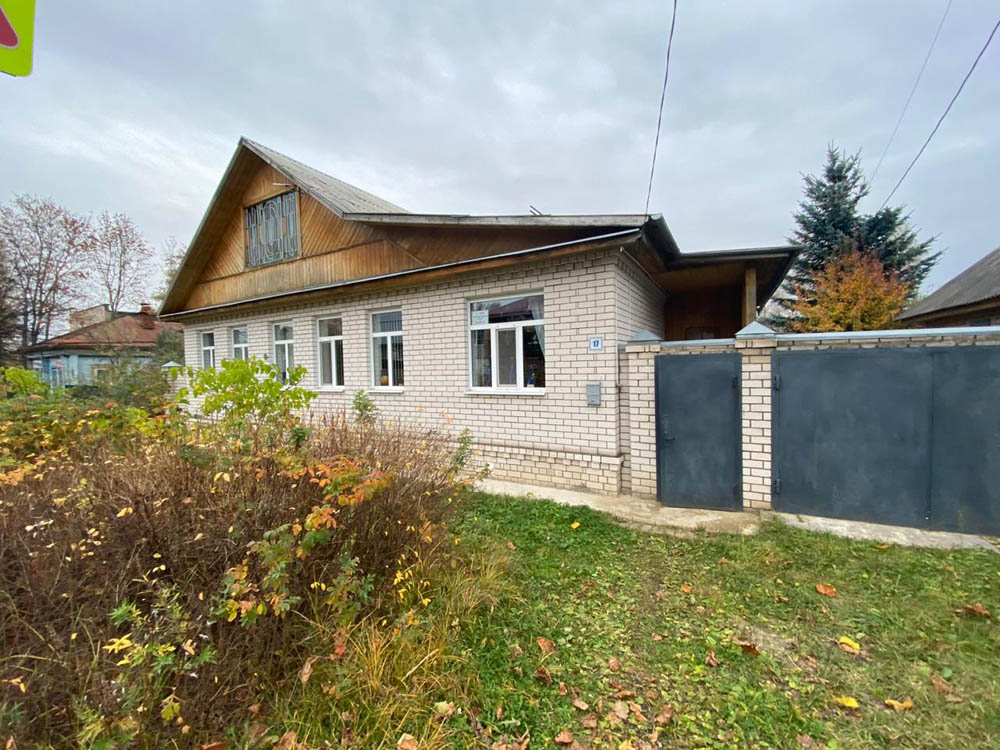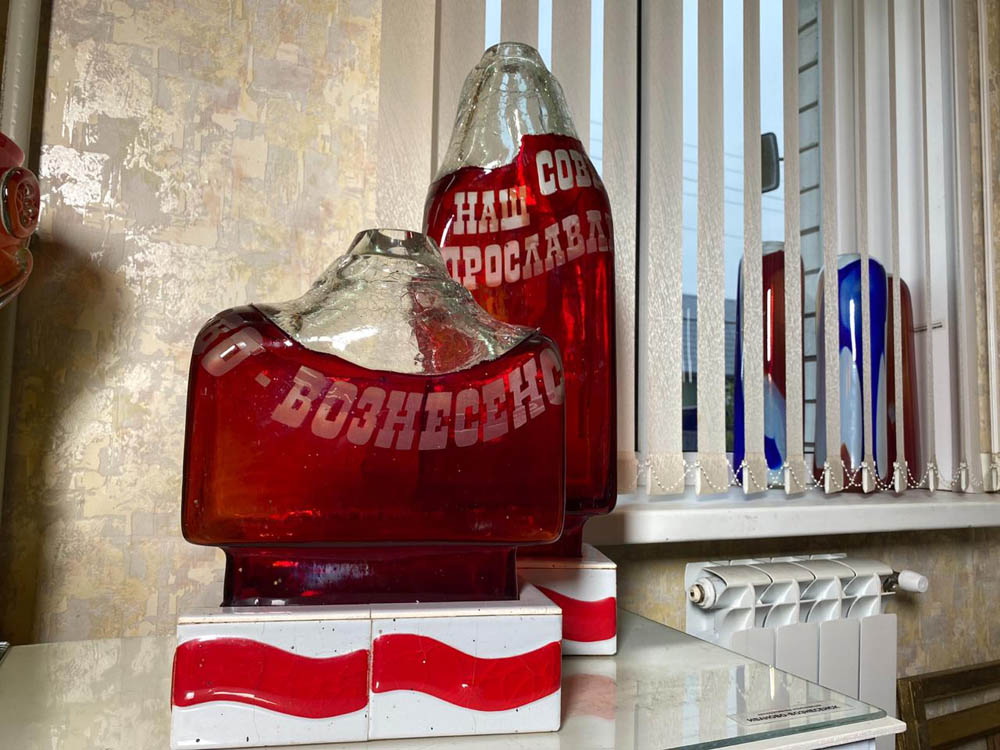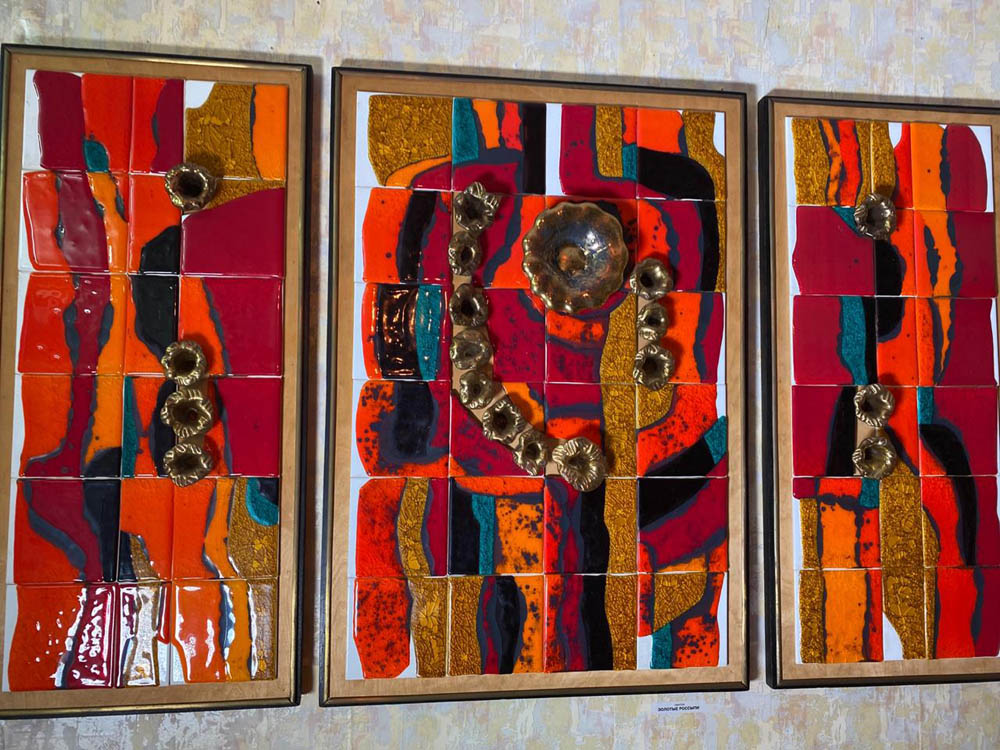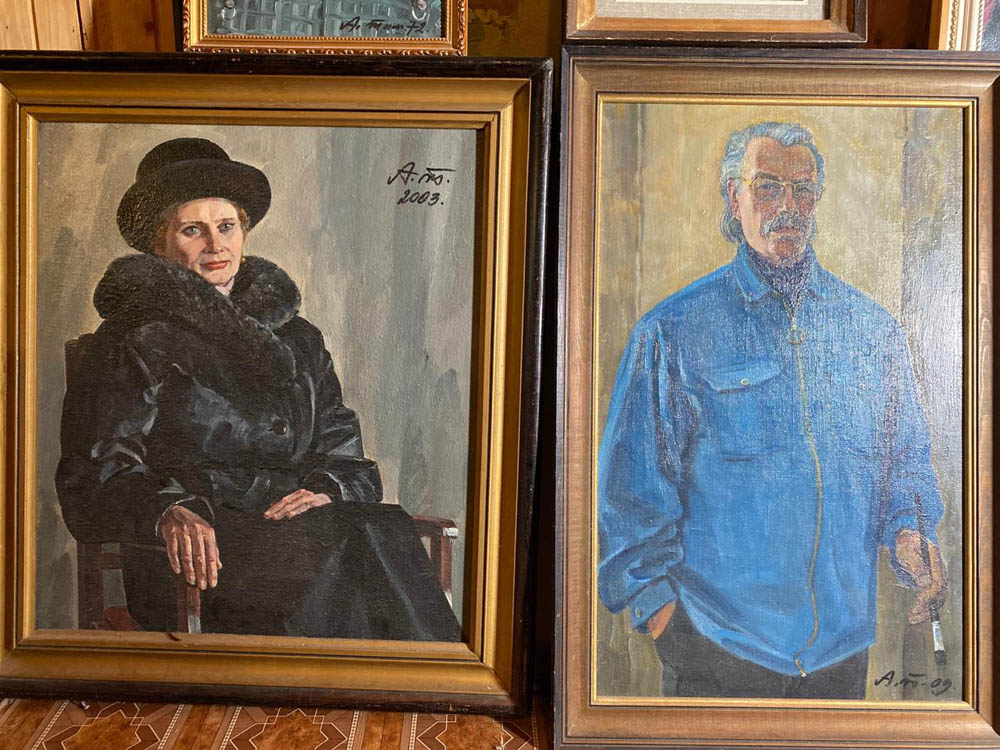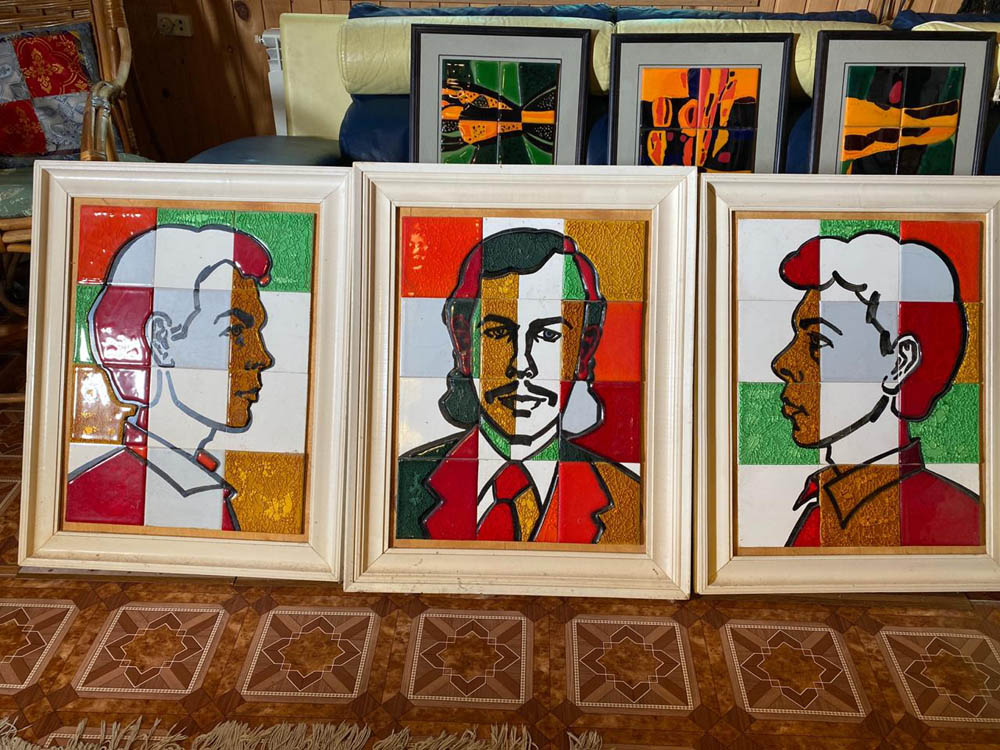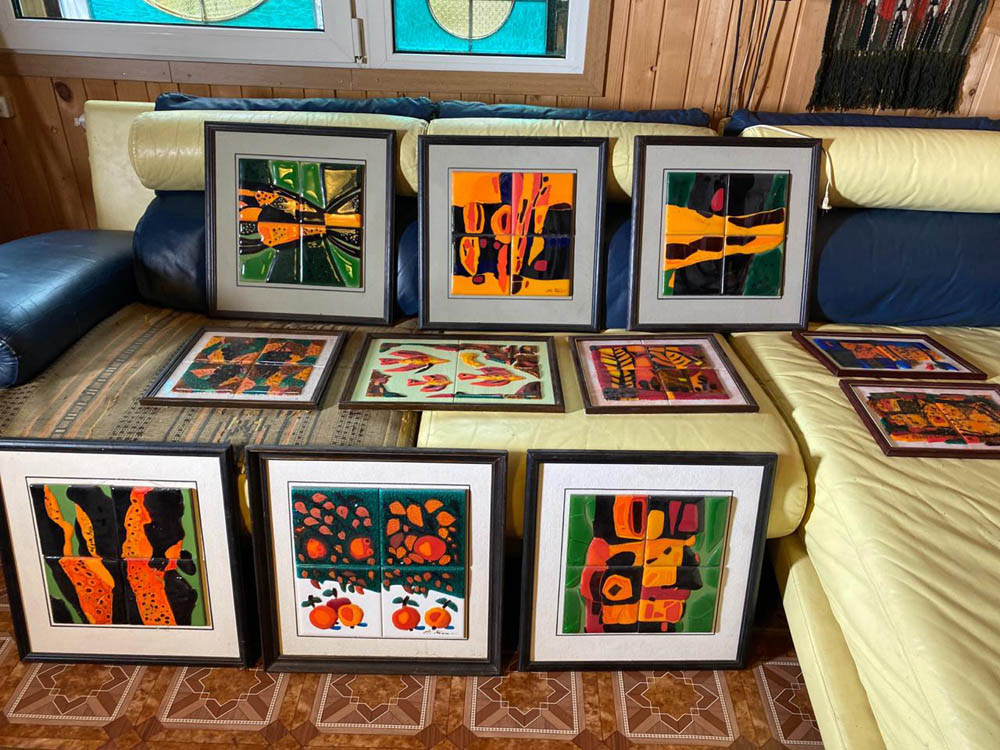On Monday, the Association of Private Museums of Russia went to the Ivanovo region, where it visited two museums: the Soviet Car Industry Museum in the regional capital and Decorative Glass and Painting Museum in Plyos. Both museums are members of the Association and are included in the Catalog of Russian private museums.
Ivanovo entrepreneur and businessman Boris Vlasov has built up a collection of cars produced at domestic automotive enterprises. The exposition includes cars from simple and affordable for Soviet families to expensive and executive ones. Here are the ZIS (Zavod Imeni Stalina, Plant named after Stalin) cars, which were driven by the entire Soviet party and government elite, and of course, GAZ AA (Gorky Automobile Plant), these are glorious “lorries” that saved lives during the Great Patriotic War. In addition, the collection also includes later models known as Volga and Zhiguli.
Boris Vlasov, businessman and founder of the museum, admits that the museum, although it is pretty small, is charismatic, and it has a hidden value: there is nothing superfluous in the collection.
“Our museum is located in the building of a car factory, the history of which begins in 1941. These are former workshops. The front was close by, and it was necessary to repair the vehicles that had been wrecked in the battles. The ‘lorries” behind us are legendary vehicles as they were used to carry everything: people and ammunition. Of the three, one was restored and immediately sent to the front. This is our history, and we wanted to immortalize it; this is the basic part of our museum,” explained the collection owner.
The Soviet Car Industry Museum was made in eight years. Most of the cars are still on the move, they are sometimes used in television filming, and the cars also participate in major parades.
“Our father, the former general director of this enterprise, gave my brother and me love for cars, and we carry it throughout our lives,” added Boris Vlasov.
When our reporter asked if the owner would like to expand the collection, Boris Dmitrievich answered the following: “I would like to buy more, now there are plans to expand the territory, but I’m afraid to lose the zest, because here is a kind of aura: you come and you like being here; as I said, there is nothing superfluous here.”
It is not customary to draw curtains, especially when guests come, in the house-museum of the Honored Artist of Russia Alexander Ivanovich Timofeev, in the city of Plyos. There are stained-glass artworks on the windows, which are made of colored glass. “Stained-glass windows are best perceived in the light,” the artist tells us and hurries us to start the tour, fearing not to have time to tell everything before night. It is interesting that the stained-glass window, as an integral part of the interior, works for the interior space during the day and for the outdoors at night.
A separate room in the museum is devoted to artworks made of colored glass using the glassblowing technique. Such compositions are made by glass blowers. Most of the works are figurative and dedicated to significant events in Russian history.
The artist calls the “fiberglass” technique, in which decorative panels of stunning beauty are made, the only opportunity to express himself in glass.
“In recent years, not being able to visit glass factories, I tried to fire colored glass on ceramic tiles in a muffle furnace. This technique fascinated me and became the only opportunity to express myself in glass. The work turns out to be very interesting, you can make a decorative panel of any size using the technique, as I call it, the “fiberglass” technique,” says Alexander Ivanovich.
Now the founder of the museum is retired and together with his wife Natalya Vladimirovna gladly conduct tours, show works and talk about creativity.
There is a huge number of paintings in the museum, but speaking of himself as an artist, Alexander Ivanovich notes that his strong point is not painting, but working with glass. “Everybody is an artist, but in this case, I am the only one”.
On Tuesday, the Association of Private Museums of Russia will visit Kostroma. The route of the expedition is designed for eight days, its goal is to unite the owners of private museums and to reveal new horizons of cooperation. The expedition is headed by Alexey Shaburov.
